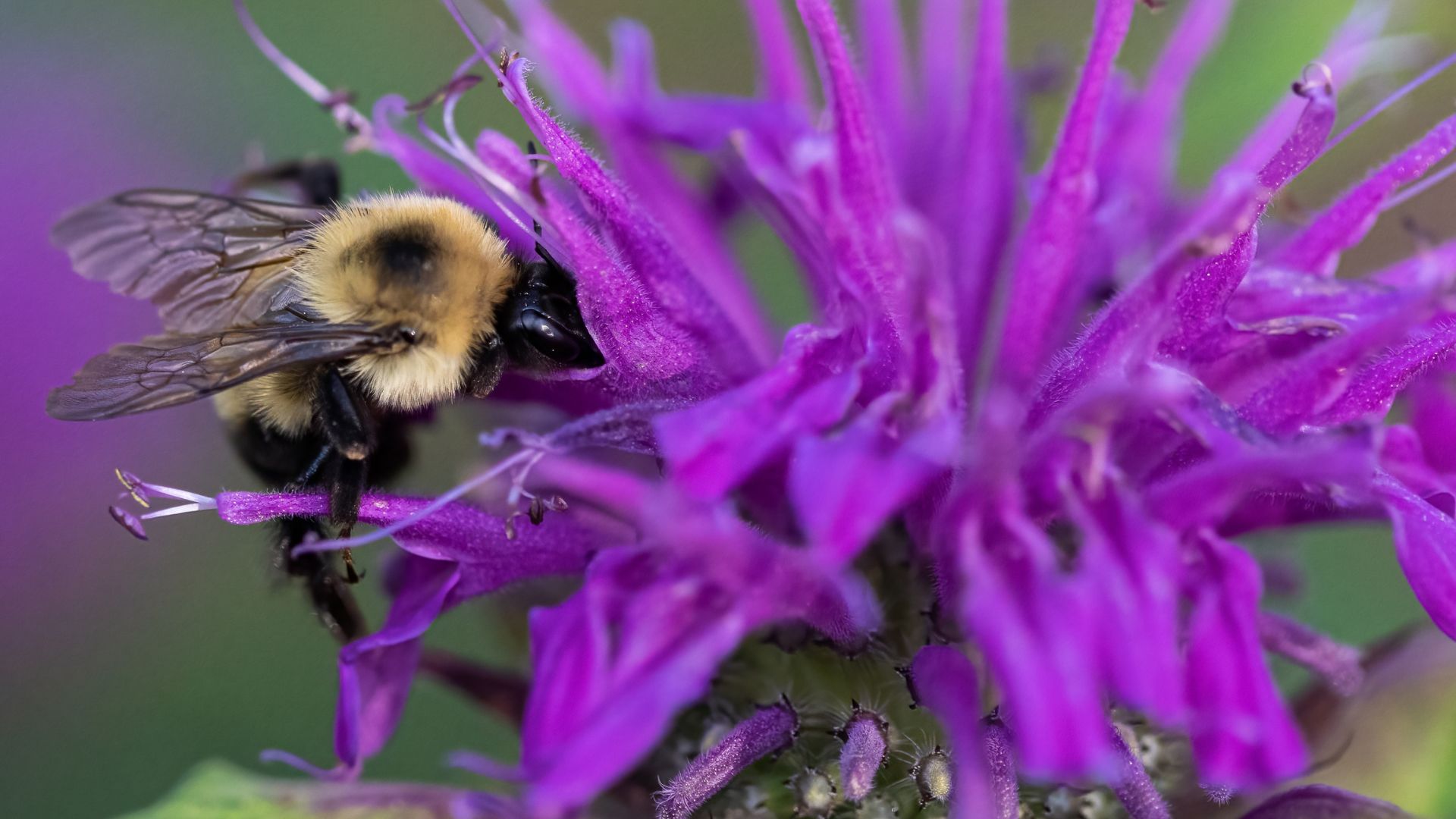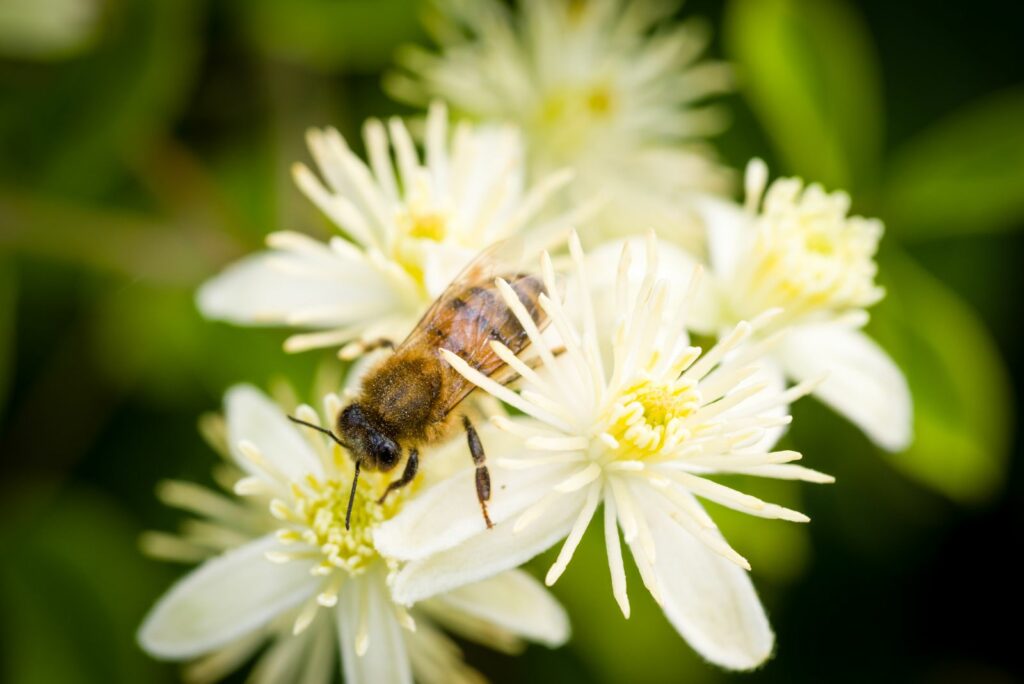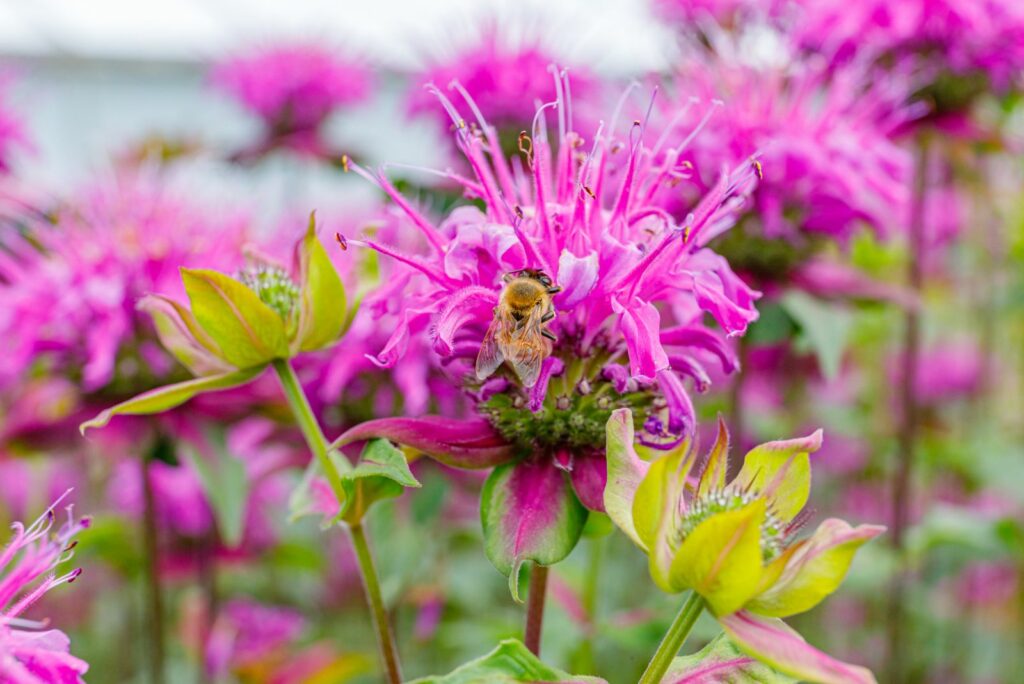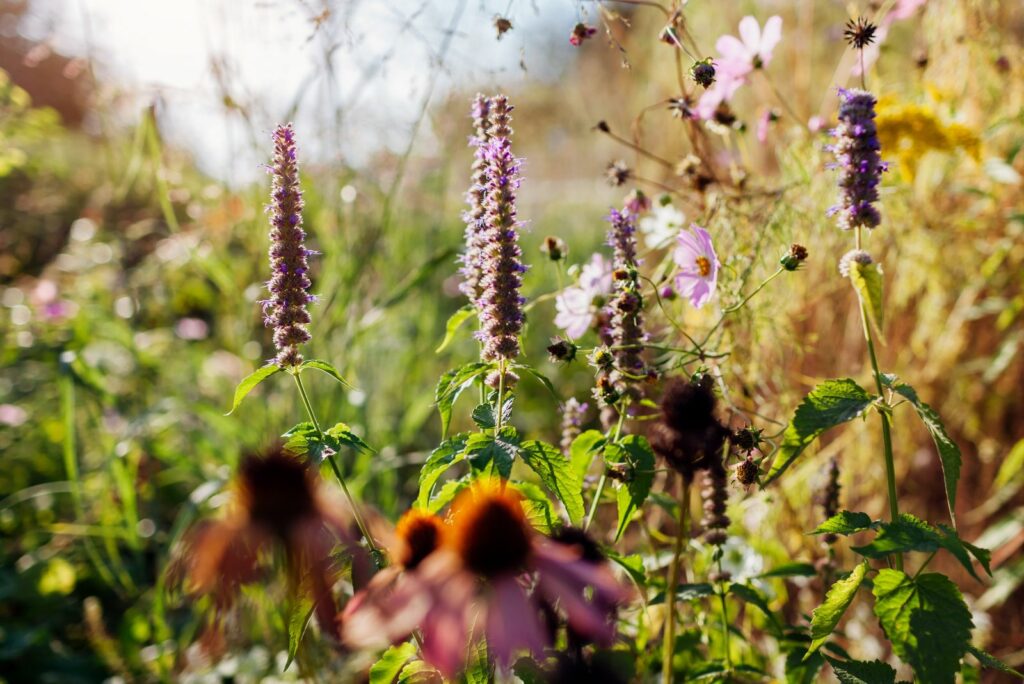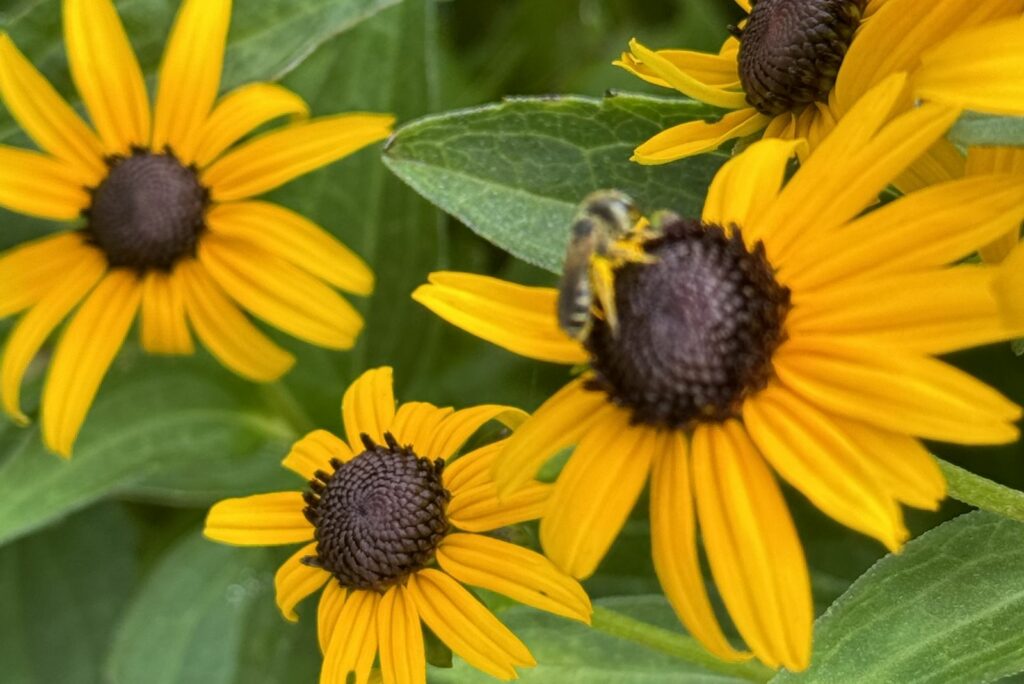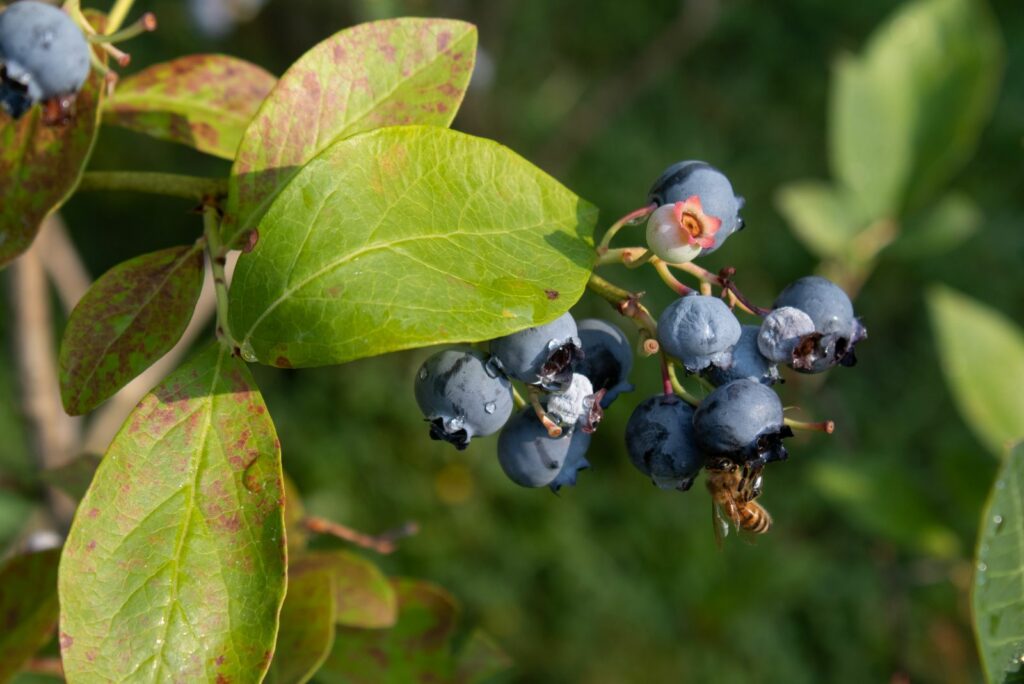Bees are one of the most special pollinators that you can have in your garden! Besides producing delicious and healthy honey, these winged insects can benefit you in many ways.
Their biggest role in gardens all over the world is pollinating nearly every flower and fruit! With their help, your beautiful flowers thrive year after year, providing a colorful display.
But sometimes bees can stop visiting your garden. So what’s the reason behind bees avoiding your yard? Well, maybe you haven’t considered growing their favorite flowers! I also had problems attracting them to my garden until I discovered some amazing plants that they absolutely love.
The best part about growing these flowers is that they are perennials. Once you plant them, they will bloom for many years, drawing in these beneficial pollinators! Now I want to share a list of five perennials that you must grow to attract lots of bees to your garden.
#1 Honeysuckle Is Bees’ Favorite Way To Treat Themselves After Hard Work In Your Garden
Honeysuckle is the first perennial on today’s list! If you want to give your garden a more elegant look, then these plants are perfect for it. Their simple green leaves and white flowers, which produce delicious nectar, are bees’ favorite treat!
You’ll be able to keep your sweet honeysuckle blooming if you place it in the sunniest part of your garden. It will need at least six to eight hours of sunlight to thrive! Water is also an important step for growing these plants, which is why it’s ideal to water them once a week!
#2 If You Want to Bring In More Native Bees, Choose Bee Balm
Bee balms are the most stunning flowers you’ll ever grow! Their flowers come in beautiful pinkish to whitish colors with purple spots. They can attract many bees, especially native ones! Bee balms produce a lot of delicious nectar that they can’t resist.
Bee balms grow best in full sun! Even though you can grow them in part shade, it’s best to stick with the sunniest part of your garden. You’ll need to water them every seven to ten days, especially during dry periods!
#3 Beautiful Blooms Of Anise Hyssop Will Be Covered With Your Yellow Friends From Dawn To Dusk
Anise hyssops have lovely purple flowers that will last for a very long time in your garden! Don’t even get me started on their beautiful scent (like the most expensive perfume).
These flowers will attract honeybees, carpenter bees, and bumblebees! That’s everything your flowers need for amazing flourishing.
Hyssops can be planted in full sun or partial shade. Newly planted hyssops need to be watered once a week.
#4 Bees Can Sense Your Rudbeckia’s Stunning Yellow Flowers From Miles Away
Rudbeckias (or black-eyed Susans, as many of you know these flowers) have adorable yellow petals with a black center, which is what makes these flowers so special!
They will provide lots of pollen for honeybees and bumblebees. Their appearance and beautiful scent are what attract bees the most! They can even smell it from far away in your garden. Isn’t that awesome?
Black-eyed Susans prefer a location with full sun in your yard. In summer, you’ll need to water these plants daily, but later you can water them from time to time!
#5 Don’t Forget To Grow Blueberries, Bumblebees Adore These Fruits
Who doesn’t like blueberries? These fruits can boost your health because they are a good source of fiber, which is an essential nutrient! Every bee adores blueberries, but bumblebees have a special relationship with these fruits.
They provide pollen and nectar for them, and bumblebees will make sure that the fruits grow larger every season!
Blueberries will grow best in full sun for at least six to eight hours. Water these fruits weekly.
One thing is sure: if you grow these perennial flowers in your garden, bees will pay you a visit every day! You’ll need to provide them with enough nectar and pollen so your garden will thrive every season.
Both your and the bees’ hard work will pay off once you see how beautifully your plants start to flourish! Now all you need to do is choose which of these perennials will suit your garden best and grow them. Go and make your yard bee-friendly!
Good luck!

